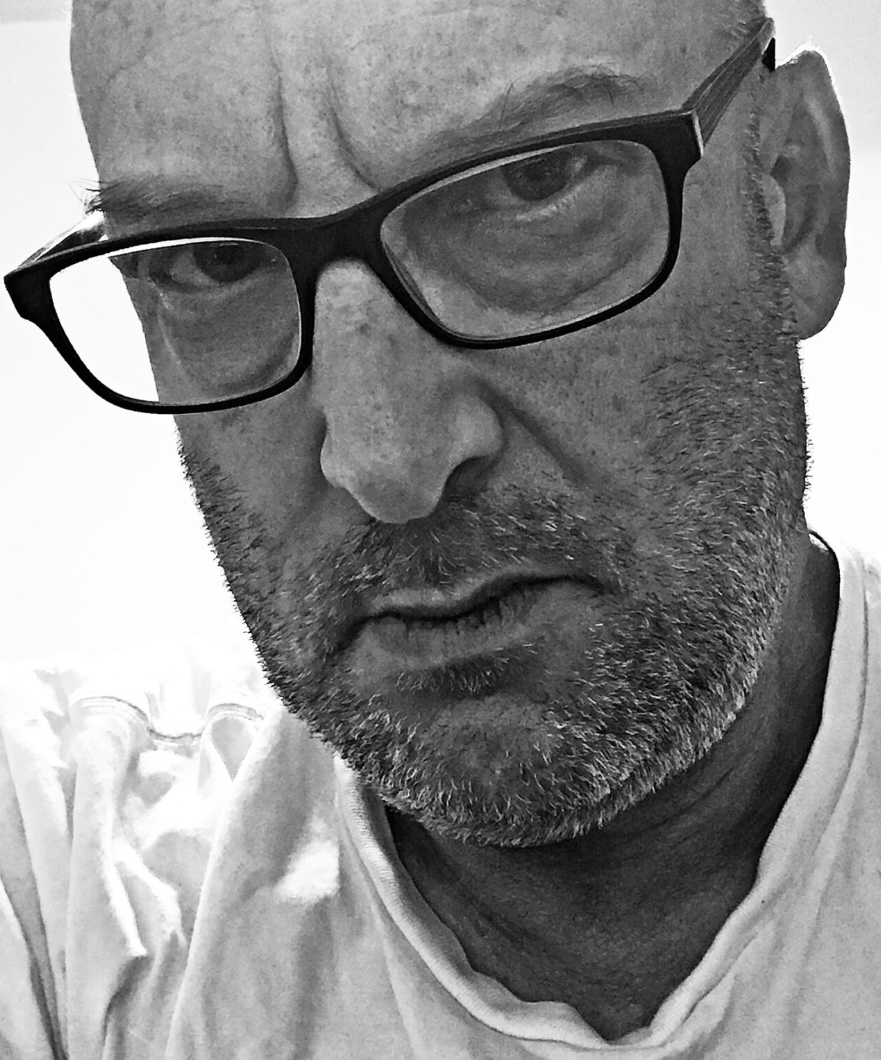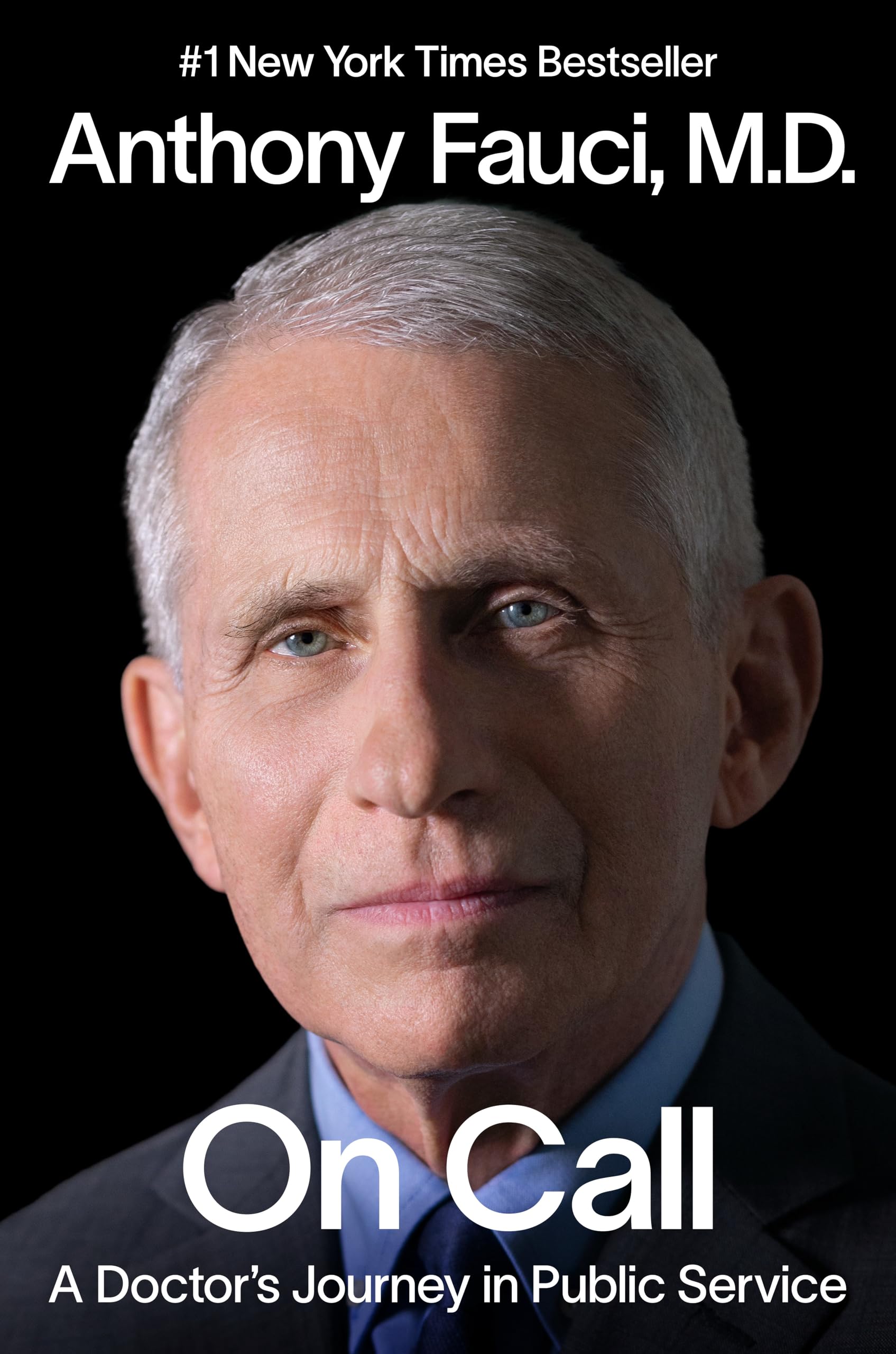By LISA BIGGS
This piece is excerpted from The Healing Stage: Black Women, Incarceration, and the Art of Transformation by Lisa Biggs ’93, a guest at Amherst College’s LitFest 2024. Register for this exciting celebration of Amherst’s literary legacy and life.

Stage healing as a practice of self-repair is generated and sustained by women behind bars in collaboration with the volunteer theater artists who direct their drama clubs. The term is deeply indebted to Cara Page and the Kindred Healing Justice Collective, who characterized healing justice as “how we can holistically respond to and intervene in generational trauma and violence … to bring collective practices that can impact and transform the consequences of oppression on our bodies, hearts and minds.” This “active intervention,” writes Prentiss Hemphill, makes listening to and collaborating with people who are “imagining transformative responses to harm” other than “feeding Black incarceration” foundational, not only to healing work but also to Black community organizing—in their case, specifically the Black Lives Matter movement.25 Healing justice recognizes that locating alternative, noncarceral responses to harmdoing requires finding ways to “develop and to honor practitioners of many different disciplines and modalities with capacities and skills to be with trauma, who know themselves well enough to navigate the complex terrain of emotion and guide others towards change.”26
The theater artists who occupy the center of this book are such practitioners who are able to stand with people who have endured harm, and in many cases have perpetrated it as well, and who know themselves well enough to guide others toward change. They do so by devising and staging performances with women that give breath to aspects of life that are present in them but which are not yet fully legible in the world—memories, hopes, desires, fears, sensations, and much more. In place of stereotypes, they cultivate multiplicity, complexity, and nuance. And, in the absence of care from the state, they make time to listen, to learn, to see, to hear, to hold, and to understand. They recognize that healing does not come from anger, shame, or fear, and that it does not happen when people feel like they are being judged. Healing requires connection, love, and belief in people’s capabilities. Healing work affirms that people can break up old patterns of thought and behavior that are no longer helpful or needed and replace them with new, more nurturing ways of being in the world… 27
The theater ensembles featured in The Healing Stage approach healing as a process of self-repair, one that requires the loving care and support of other people. This approach stands in sharp contrast to Western medicine, which understands healing as largely a process of freeing a person from an affliction of the mind or body, one directed by trained professions who learn how to investigate complaints and diagnose and manage treatment. While Western medicine has developed many powerful, life-saving practices, its underlying beliefs about who is human, who deserves (the best or any) care, what health and wellness mean, and the reliability of patients’ knowledge (or lack thereof) of themselves make quality healthcare services inaccessible for far too many. In a country that largely believes, as Leah Lakshimi Piepnza-Samarsinha finds, that you are either “sick or well, fixed or broken, and that nobody would want to be in a disabled or sick or mad bodymind,” people who are (chronically) “sick … mad … disabled … [or] neurodivergent” are seen as problems to be solved rather than as part of the human continuum.28 So too are poor, Black, and unruly women labelled as problems, disrespected and denied the care, compassion, and support they need so that they too can flourish.
Within African American folk traditions, healing is a holistic practice that involves the physical body as well as the mind, the soul, the spiritual realm, the past, nature, and other people in an afflicted person’s extended social circle. Like faith healing, which Stephanie Mitchem defines as the (rare or selective) cure of an affliction by divine intervention, folk healing emphasizes the power of relationships. Where faith healing relies upon a relationship to the divine or supernatural, folk healing passes down the accumulated wisdom and experience of community members to relieve suffering and restore equilibrium and harmony. Performance plays a critical role in the process as healing work “encompasses word, action, story, ritual, and practice.”29 Folk healers identify the causes of disease/dis-ease and relay critical information about the condition and the steps required to resolve it through story. Healing is predicated upon the creation and the telling or performance of stories… [W]here a condition is deep, painful, or feels permanent, healing work need not be immediately directed toward freeing or restoring a person to an external ideal of health or wholeness. Healing might instead mean developing reliable palliative care, locating necessary support systems or equipment, and easing immediate pain or discomfort. Knitting together or bridging a wound that cannot be eliminated is healing if it brings the sufferer greater ease. Healing can also take place in spaces where no obvious visible or felt wound exists. Sometimes a new baby can do this work for families. The baby’s arrival can evoke a sense of hope, joy, and completion in spaces where people do not even know they need it. Old injuries can suddenly seem less important. People put aside past conflicts and work together in ways that had previously seemed impossible. Here healing acquires new transformative and affirmative connotations with broad implications for individuals, families, and whole communities. Finally, in addition to its restorative, palliative, and liberatory work, healing can also mean advancing or promoting the well-being, welfare, safety, and prosperity of families, communities, institutions, nations, lands, waters, plants and animals, environments, and much more.
Stage healing stages healing. It establishes the conditions for individual and communal self-repair drawing upon Black expressive cultural practices. The practice stands in stark contrast to the rehabilitative discipline imposed behind bars which Ashley Lucas describes as little more than a three-step process in which the convicted are expected to reflect upon their past wrongdoing, confess, and then express remorse.30 Day in and day out, the “corrected” (compliant) prisoner is neither nurtured nor cared for, but instead trained to perform these three steps on demand… Women behind bars know they need more, and in some sites, they have turned to theater to get it.
Stage healing is grounded in real and fictional characters and the play of make-believe, and it is serious work. It is distinct from self-help courses and from individual or group drama therapy led by a licensed clinical practitioner, although its outcomes can also alleviate suffering. The drama clubs featured in The Healing Stage offer an invaluable space in which women may reflect on, process, distill, and creatively share their experiences and their wisdom so that they and others might see, hear, understand, and grow from what they know. Through their collective work, the women reveal and disrupt old, problematic ways of being in the world and bring to light the roots of human conflicts. They do so because they recognize that if human behavior—performance—is the site of harm, oppression, or even social death, so too can it be “the site of its redress.”31 These practitioners encourage Black women—all women—behind bars to deploy their wit and wisdom to intervene in and address some of the most pressing social problems we face. As these seemingly small moments of antiracist, antisexist, queer-inclusive community accumulate, they can create significant change in the participants’ lives and the culture and practice of incarceration.
Endnotes
25. Prentiss Hemphill, “Healing Justice Is How We Can Sustain Black Lives,” Huffington Post, February 7, 2017, accessed September 11, 2020, https://www.huffpost.com/entry/healing-justice_b_5899e8ade4b0c1284f282ffe.
26. Hemphill, “Healing Justice.”
27. Many, many thanks to Maya Shewnarain for these insights gained in conversation on January 10, 2022.
28. Leah Lakshimi Piepnza-Samarsinha, “A Not So Brief Personal History of the Healing Justice Movement, 2010–2016,” Mice Magazine, 2016, accessed September 10, 2020, http://micemagazine.ca/issue-two/not-so-brief-personal-history-healing-justice-movement-2010%E2%80%932016.
29. Stephanie Mitchem, African American Folk Healing (New York: New York University Press, 2007), 25–28.
30. Ashley Lucas, “When I Run in My Bare Feet: Music, Writing, and Theater in a North Carolina Women’s Prison,” American Music 31, no. 2 (2013): 135.
Lisa L. Biggs, Ph.D. is a performance studies scholar whose research connects the creative arts to contemporary politics. In her award-winning first book, The Healing Stage: Black Women, Incarceration, and the Art of Transformation (Ohio State University Press 2022), she argues that Black cultural practices such as poetry, song, dance, and theatre are essential to the healing work of women behind bars as well as to ongoing efforts to resolve human conflicts and transform criminal legal systems. In addition to her academic work, Dr. Biggs is an actor and a playwright. A former member of the DC-based Living Stage Theatre Company, she has appeared in productions with the Bill T. Jones/Arnie Zane Dance Company, at Cultural Odyssey, Links Hall, E.T.A Creative Arts Foundation, the African Continuum Theatre, Lookingglass, the Kennedy Center, Woolly Mammoth, and many more. Her most recent play, After/Life, tells the story of the 1967 Detroit rebellion from the point of view of the women and girls who lived through it. Dr. Biggs currently serves as the John Atwater and Diana Nelson Assistant Professor of the Arts and Africana Studies at Brown University, where she offers courses in Black cultural studies, African American theatre and performance, U.S. prison history, and critical ethnography.




